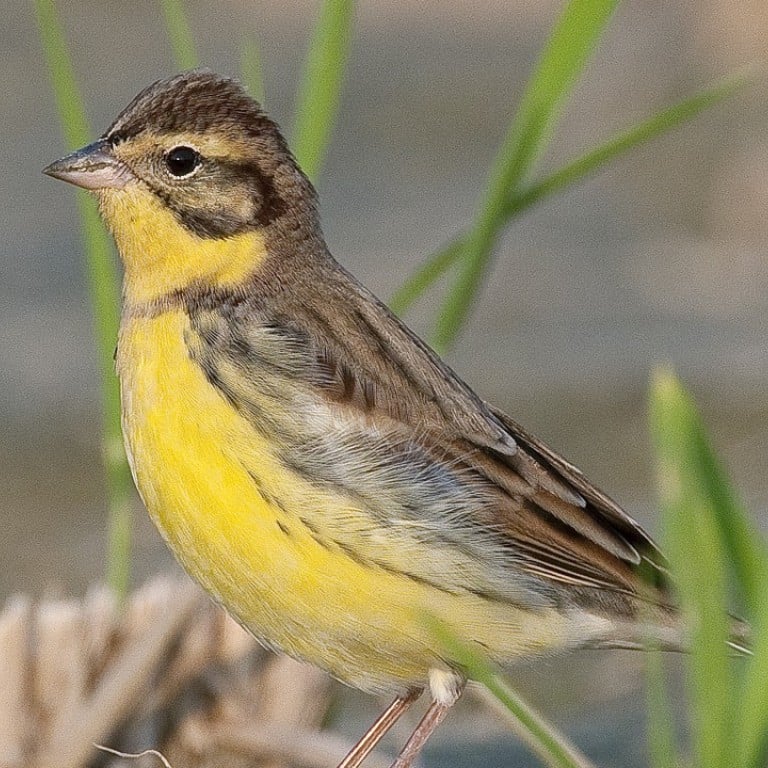
Common wild bird now endangered thanks to Chinese gourmets
Yellow-breasted buntings are considered a delicacy in southern China where they are thought to boost sexual vitality
A bird that once numbered in the millions in China has been hunted as a delicacy and is now endangered, with little done to protect its numbers, a new report has found.
The yellow-breasted bunting has fared less fortunately compared to other high-profile endangered species such as giant pandas and golden snub-nosed monkeys, the study said.
The level of threat against the buntings, also known as “rice birds” because they often live in rice fields, has risen from of “least concern” to “endangered” in less than thirty years.
The China Nature Observation Report released on Monday catalogued 1,085 endangered species in China between 2000 and 2015.
The report, published on the international day for biological diversity, was published jointly by organisations including the China Bird Watching Societies Network, the Peking University Centre for Nature and Society, and the Shanshui Conservation Centre.
The research showed that while protection for endangered species such as giant pandas has improved the yellow-breasted buntings continue to face predatory threats from humans.
The birds, which migrate from Europe to China during the winter months, are often hunted during this period. The buntings are a delicacy in southern China where they are believed to boost sexual vitality and clear the body of toxins. One bird can sell for up to HK$80.
A study in the journal Conservation Biology found that between 1980 and 2013, the population of the birds fell by almost 90 per cent.
The newly released report also indicated that many of China’s endangered species are in “hot spots” around the country, but only 3.15 per cent of these areas and habitats were protected for wildlife.
For the Bohai Gulf area of the Yellow Sea, only about one per cent is protected.
“This area is densely populated with people and the remaining natural habitat area is small in size and broken,” an official at the Shanshui Conservation Centre told the news website Thepaper.cn. “There are many significant beaches, intertidal zones ... that are used as habitats for these endangered species, mainly migratory birds. Although the cost of land is high, it is still worth it to give these birds some breathing space.”

